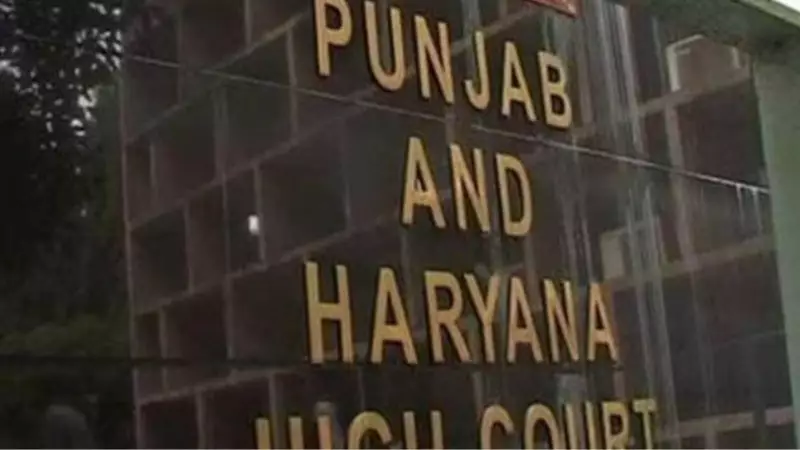
High Court Delivers Final Verdict in Decades-Old Land Battle
In a significant ruling that brings closure to a 47-year-old land dispute, the Punjab and Haryana High Court has firmly dismissed the Punjab government's challenge and upheld the rights of a bona fide purchaser. The judgment, delivered by Justice Deepak Gupta, reinforces the legal protection afforded to honest buyers under Section 41 of the Transfer of Property Act.
Case History: From 1977 Allotment to 2025 Resolution
The complex legal battle centered around 40 kanal 14 marla of land in Lalpura village, Balachaur. The property was originally allotted as surplus land to Gurmail Singh in 1977 under the 1973 Utilisation of Surplus Area Scheme. Four years later, in 1981, Gurmail Singh sold part of this land to Kewal Singh through a registered sale deed. Kewal Singh has maintained possession of the property since that transaction.
The Punjab Government initiated legal action, arguing that the scheme barred the allottee from selling the land for 15 years and that the sale violated Clause 10(c) of the regulations. This led to a series of court battles spanning decades.
Court Findings: State's Own Records Weaken Its Case
Justice Gupta found no reason to disturb the concurrent findings of both the trial court and the first appellate court, which had previously ruled in favor of Kewal Singh. The judgment highlighted several critical factors that proved decisive in the case.
The sale certificate dated November 23, 1978, issued by the State Government to Gurmail Singh, became the cornerstone of the court's decision. Justice Gupta emphasized that this official document did not incorporate any non-alienation clause restricting transfer of the property. During testimony, a government witness admitted this crucial omission, which the court described as fatal to the State's case.
The court also upheld previous findings that Kewal Singh had exercised due diligence before purchasing the land. He had made proper inquiries with the village patwari and verified that the revenue records showed Gurmail Singh as the legitimate owner.
Legal Principles and Natural Justice Violations
Justice Gupta elaborated on the protective scope of Section 41 of the Transfer of Property Act, describing it as a shield for an honest buyer. Since Gurmail Singh appeared as the ostensible owner and Kewal Singh had taken reasonable care while acting in good faith, his purchase for consideration deserved protection against the State's claim.
The court further noted serious procedural lapses by the authorities. The Collector's 1983 decision to cancel the allotment was passed without providing any hearing opportunity to either the seller or the purchaser. Justice Gupta termed this a clear violation of the principle of natural justice.
Another significant factor working against the state government was the issue of parity. Gurmail Singh had sold the remaining portion of the land to another buyer, Laxman Singh, who had won a separate suit on identical facts. The State never challenged that decree, leading the court to question why it was pursuing the same legal argument against Kewal Singh.
Finding the government's appeal devoid of merit, the High Court upheld both the 1994 trial court decree and the 1996 appellate court order that recognized Kewal Singh as the legitimate owner in possession. The comprehensive dismissal of the state government's challenge brings finality to this nearly half-century legal dispute.





